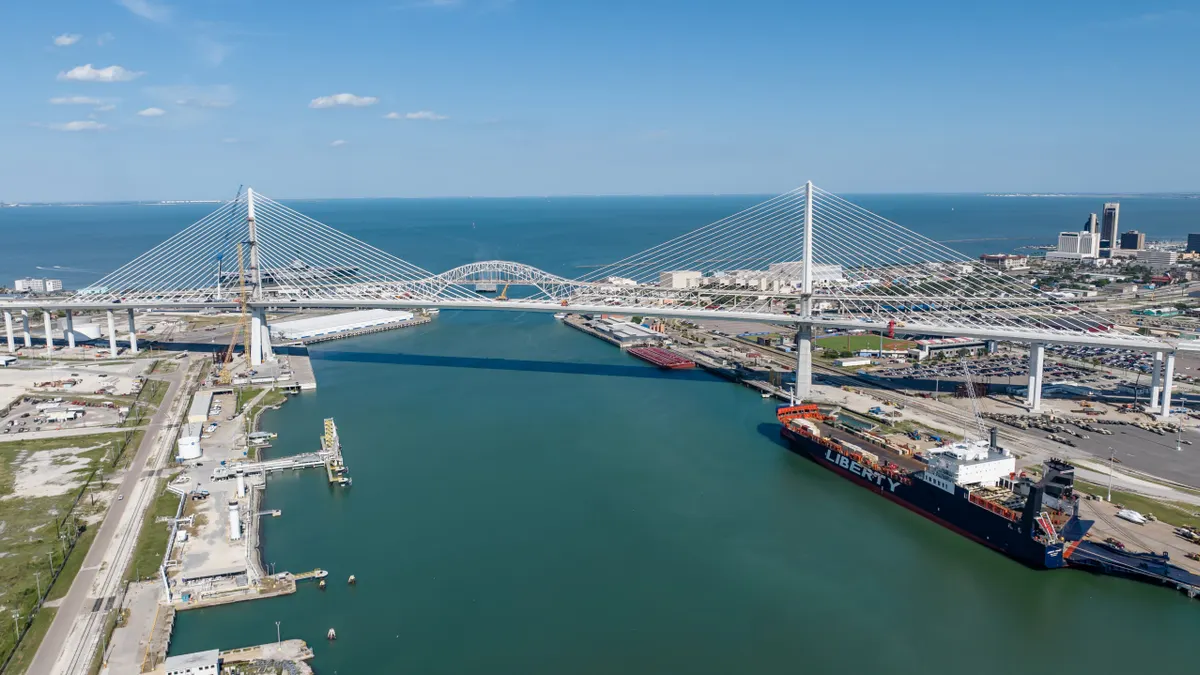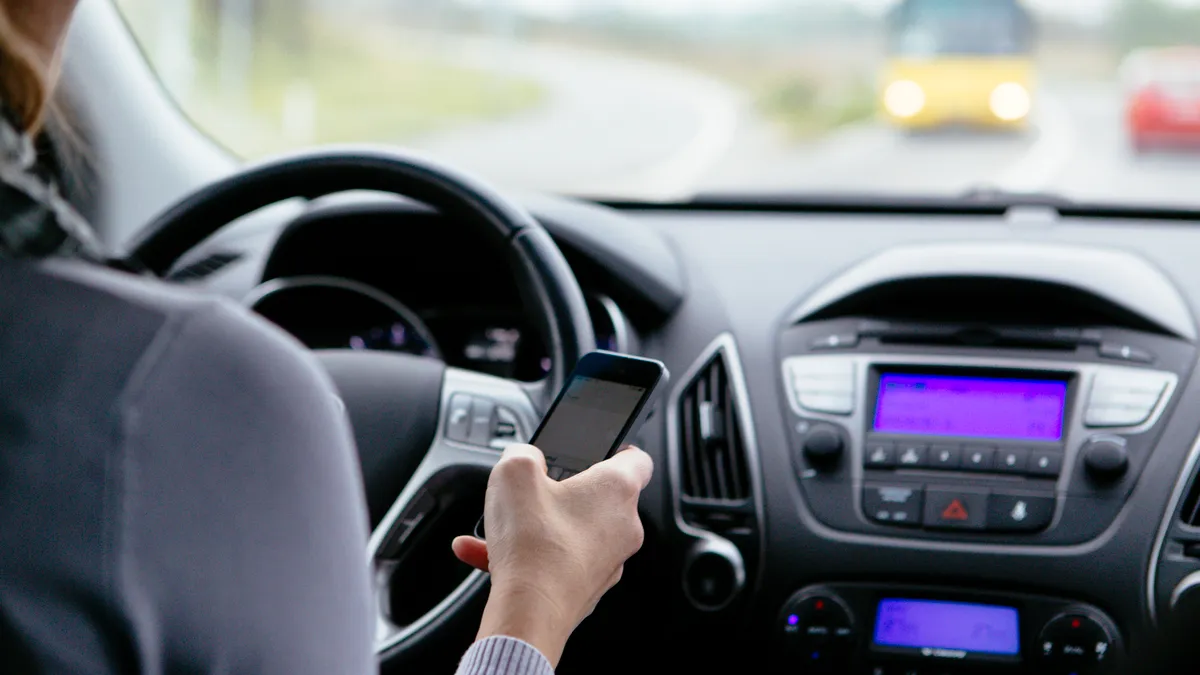Nearly half of e-scooter users who were injured during a three-month epidemiological study in Austin, TX last fall sustained a head injury — and only one of the total 190 injured riders wore a helmet.
"These injuries may have been preventable," reads one of the main findings of the report on e-scooter injuries, conducted by the Centers for Disease Control and Prevention (CDC) and Austin Public Health (APH), with support from the Austin Transportation Department.
The partners launched the first-of-its-kind epidemiological study, Dockless Electric Scooter-Related Injuries Study, in response to the increase in reported injuries related to e-scooter use following the devices' arrival in Austin last spring. The city currently provides operating permits to Bird, Jump, Lime, Lyft, OjO, Razor, Skip, Spin, VeoRide and Wind Mobility.
The study looked at patients treated in Austin emergency rooms or by emergency medical services who said they were injured while riding an e-scooter. The study covers incidents from September through November 2018, but the final report only includes information from the 190 individual with whom researchers managed to contact for a follow-up interview.
Overall, 936,110 e-scooter trips occurred in Austin during the study period, with injuries occurring in about 20 out of every 100,000 trips, equaling a 0.02% crash rate. The city considers crash rates a “key performance indicator of how well we are managing safety within our transportation system,” said Jason JonMichael, assistant director of smart mobility, during a press conference.
The injured riders ranged in ages from nine to 79, with 48% falling into the 18 to 29 range. About 55% were male and 65% were white.
Injury types and locations
The study offers the following breakdown of the 190 individuals' injuries:
- 48% had head injuries (fracture, laceration, abrasion)
- 15% had a traumatic brain injury (concussion, altered mental state, bleeding)
- 70% injured upper limbs (hand, wrist, arm, shoulder)
- 55% injured lower limbs (leg, knee, ankle, feet)
- 18% injured chest/abdomen
- 35% broke a bone
Some patients had injuries to multiple areas. Of all the injuries, 42% were deemed serious and 8% required spending more than 48 hours in the hospital.
The study found that 55% of the riders' injuries occurred on the street, 33% were on the sidewalk and the rest were on trails or other areas such as parking lots and garages. Nearly half of all injuries occurred in two main areas: downtown (31%) and the University of Texas at Austin campus (16%).
Most injuries, 39%, occurred in the evening and early morning, between 6 p.m. and 6 a.m.
Other factors
The data indicates alcohol could play a role in a number of the incidents, with 29% of the injured individuals reporting they consumed alcohol in the 12 hours prior to their scooter ride.
"Just like with all other [transportation] modes, [alcohol] has a significant impact on the safety of people" who are riding scooters, said Austin Director of Transportation Robert Spillar. In addition, "speed is often an issue."
The study concluded that the existing perception of excessive speed resulting in e-scooter injuries may be true, considering 37% of injured respondents said it contributed to their accident. However, the common perception that cars always play a role in accidents appears not to be the case.
"There may be the perception that a lot of the scooter riders were involved with collisions with motor vehicles. We didn’t find that," said Jeff Taylor, APH senior epidemiologist. E-scooter riders sustained injuries by colliding with a vehicle in only 10% of the cases. "We found that falls were contributing to [injuries]. They were losing their balance or hitting a curb or hitting a structure like a light pole,” Taylor said.
Another notable data point is that one-third of the people who were injured had been taking their first e-scooter ride. Despite their injuries, 38% of respondents said they would ride a scooter again.
Takeaways
The researchers suggest that injury rates among e-scooter users likely are higher than indicated in the report because of the study's methodology. It only examined cases treated by EMS or emergency room workers, not those that may have been handled by a physician or urgent care facility. There are also probably many injuries for which riders did not seek medical treatment.
The data "will help inform future thinking" for the city's micromobility and safety policies, Spillar said. However, Austin wants to examine the data further. "One of the things to do is look at it in comparison to other modes [of transportation] and formulate those policies... We're reticent to jump to conclusions about what some of these things mean."
That being said, the city recognizes that e-scooters are growing in use and "clearly, they're part of our mobility future," Spillar said. But as the high number of first-time user injuries would suggest, there's a learning curve and both users and the city have to figure out the new devices and how they best fit into the overall transportation space.
"Remember that when you first rode a bicycle, you probably fell off the first time. That’s not diminishing the significance of these incidents at all, it’s just saying that you should expect that. And we continue to see better behavior as we go along," Spillar said.
The report proposes establishing and strengthening injury surveillance related to emerging modes of transportation. It also recommends increasing the methods and frequency of educational messaging for safe e-scooter riding. The messaging should emphasize wearing a helmet and traveling at safe speeds. While this suggests the city and e-scooter companies play a role in mobility safety, much of the onus falls on individuals to use their safety knowledge and employ safe riding habits.
"It's about personal behavior, and personal behavior is critical with transportation safety," JonMichael said.



















